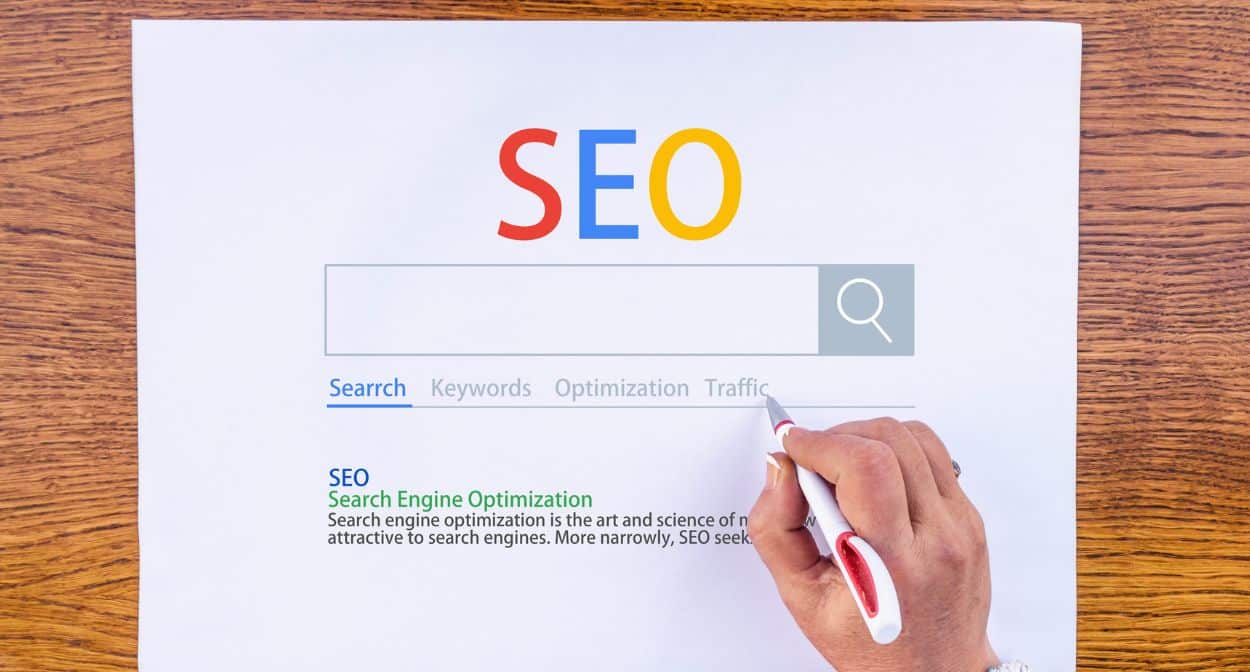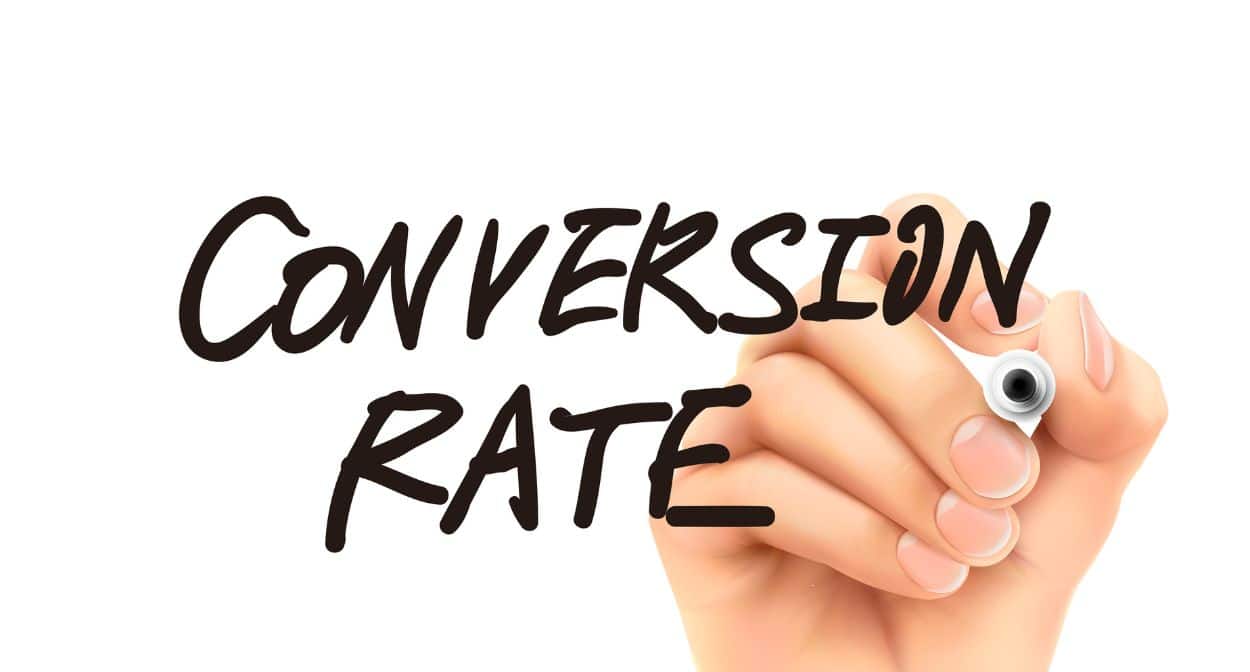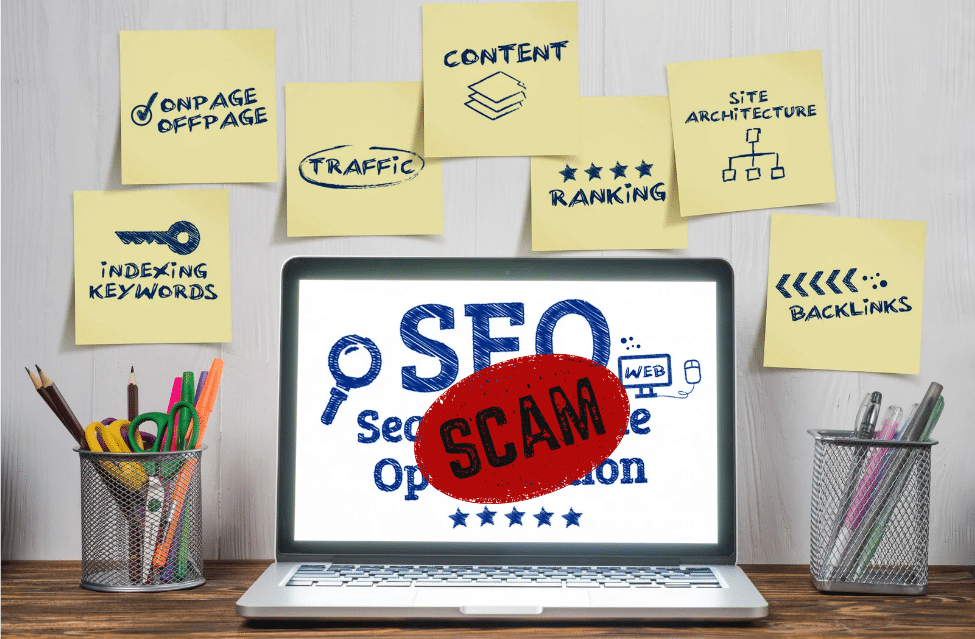
Why Your Competitors are Outranking You on Google: The Importance of SEO
“Why are my competitors outranking me on Google?” This question is the crux of the modern-day business conundrum. The answer lies in the world of Search Engine Optimization, or SEO, a dynamic landscape that can make or break your online presence.
As a business owner, you might have a stellar website and an incredible product or service, but if you’re not visible to your potential customers, you might as well be invisible. SEO ensures that your website doesn’t just exist on the internet—it shines.
But what if you’re doing everything right and your competitors are still coming out on top? They’re playing the same game, but they’re scoring more goals. They’ve mastered the art of SEO, and it’s time you do too.
Understanding the Basics of SEO

What is SEO?
SEO stands for Search Engine Optimization. It’s the practice of enhancing your website to increase its visibility when people search for products or services related to your business on Google and other search engines. The better visibility your pages have in search results, the more likely you are to garner attention and attract prospective and existing customers to your business.
Why is SEO Important?
Think of the last time you needed to find information or buy a product. Chances are, you turned to a search engine like Google. In fact, Google Search processes over 3.5 billion searches per day. That’s a lot of opportunities for businesses to be discovered. And that’s where SEO comes in.
SEO is the bridge that connects businesses with their potential customers. It’s the practice of making your website more appealing to search engines, and by extension, your target audience. SEO can help your website rank higher in search engine results pages (SERPs).
Diving Deeper: The Complexity of SEO

SEO and Google’s Algorithms
Google’s algorithm is a complex system used to retrieve data from its search index and instantly deliver the best possible results for a query. The search engine uses a combination of algorithms and numerous ranking signals to deliver webpages ranked by relevance on its search engine results pages (SERPs).
The Importance of Keywords
Keywords are the backbone of SEO. They are the phrases that people enter into search engines. Your goal in keyword SEO is to optimize your content around the keywords that people are using to search for the products or services you offer.
Importance of Quality Content
Content is king. This mantra holds true in the world of SEO. Google values high-quality, relevant content. The more valuable content you provide, the better chance your website has of ranking higher in the SERPs.
Decoding Your Competitor’s SEO Strategy

Studying Your Competitor’s Keyword Strategy
Your competitors are outranking you for a reason, and their keyword strategy could be a major factor. By studying their keyword strategy, you can gain insights into the keywords they’re targeting, which could inform your own keyword strategy.
Backlinks: What are They and Why are They Important?
Backlinks are links from one website to another. Search engines view backlinks as votes of confidence, and websites with high-quality backlinks tend to rank higher in search results.
Your Competitor’s Content Strategy
What type of content are your competitors producing? How often? And most importantly, how can you do it better? Answering these questions is key to outranking your competitors.
Getting Ahead: Improving Your SEO Strategy

In the digital age, the importance of a robust SEO strategy cannot be overstated. It’s the lifeblood of your online presence, the compass guiding potential customers to your virtual doorstep. But how can you ensure your strategy is up to par? How can you elevate your SEO game to outshine competitors? The answer lies in a comprehensive understanding of your current SEO standing, and the strategic application of both on-page and off-page SEO techniques.
SEO Audit: Where Do You Stand?
Let’s start with the SEO audit. Think of it as a health check for your website’s search engine friendliness. It’s a diagnostic tool that helps you identify your website’s strengths and weaknesses in relation to SEO. The audit scrutinizes every aspect of your website, from its architecture to its content, to determine how well it aligns with search engine algorithms.
An SEO audit is not a one-time event. It’s an ongoing process that should be conducted regularly to keep up with the ever-evolving search engine algorithms. It’s like a report card that tells you where you’re excelling and where you’re falling short. Are your keywords effectively targeted? Is your content engaging and relevant? Are your meta tags optimized? These are the questions an SEO audit seeks to answer.
On-Page SEO Techniques
Next, let’s delve into on-page SEO techniques. This is where the magic happens on your website. On-page SEO is the practice of optimizing individual web pages to rank higher and earn more relevant traffic in search engines. It’s about creating high-quality content and optimizing your headlines, HTML tags (like title tags, meta descriptions, and header tags), and images.
Your headlines should be compelling and contain your target keywords. HTML tags should be used strategically to highlight the structure and important points of your content. Images, often overlooked, should be optimized with alt text to improve accessibility and provide search engines with more context. Remember, on-page SEO isn’t just about pleasing search engines; it’s about providing a seamless and valuable experience for your users.
Off-Page SEO Techniques
Lastly, we have off-page SEO techniques. If on-page SEO is all about what happens on your website, off-page SEO is about your website’s relationship with the rest of the web. It refers to actions taken outside of your website to impact your rankings within the search engine results pages (SERPs).
The most well-known off-page SEO technique is link building, which is the process of acquiring hyperlinks from other websites to your own. These backlinks are like votes of confidence from other websites, signaling to search engines that your content is valuable and trustworthy.
Social media marketing is another crucial off-page SEO technique. By promoting your content on social media platforms, you can drive more traffic to your website and increase your online visibility. Remember, off-page SEO is about building relationships and reputation. It’s about demonstrating to search engines that you’re not an isolated island but a well-connected, authoritative source of information.
Tracking Your Progress
SEO Metrics to Keep an Eye On
To measure the success of your SEO efforts, there are several key metrics you need to track. These include organic traffic, bounce rate, conversion rate, page load time, and more. Remember, what gets measured gets managed.
Using SEO Tools for Tracking
Several SEO tools can help you track these metrics and make sense of the data. Google Analytics, SEMrush, and Moz are just a few examples. These tools provide you with insights into how your website is performing and how you can improve.
The Future of SEO

Voice Search and SEO
As more people use digital assistants like Alexa and Siri, voice search is becoming increasingly important. Optimizing your website for voice search is crucial for staying ahead of the curve.
Mobile-First Indexing
Google now uses mobile-first indexing, meaning it predominantly uses the mobile version of the content for indexing and ranking. If your site isn’t mobile-friendly, it’s time to make it so.
AI and SEO
Artificial Intelligence (AI) is revolutionizing SEO. From automated content creation to predictive search, AI is becoming an integral part of SEO strategy.
Frequently Asked Questions
Why is SEO important?
SEO is important because it makes your website more visible, and that means more traffic and more opportunities to convert prospects into customers. It’s a cost-effective method to drive traffic, leads, and sales.
How does Google’s algorithm work?
Google’s algorithm is a complex system used to retrieve data from its search index and instantly deliver the best possible results for a query. The search engine uses a combination of algorithms and numerous ranking signals to deliver webpages ranked by relevance on its search engine results pages (SERPs).
What is the importance of keywords in SEO?
Keywords are the backbone of SEO. They are the phrases that people enter into search engines. Your goal in keyword SEO is to optimize your content around the keywords that people are using to search for the products or services you offer.
Why are backlinks important?
Backlinks are links from one website to another. Search engines view backlinks as votes of confidence, and websites with high-quality backlinks tend to rank higher in search results.
What is the difference between on-page and off-page SEO?
On-page SEO is the practice of optimizing individual web pages to rank higher and earn more relevant traffic. Off-page SEO refers to actions taken outside of your website to impact your rankings within the SERPs.
How is AI influencing SEO?
Artificial Intelligence (AI) is revolutionizing SEO. From automated content creation to predictive search, AI is becoming an integral part of SEO strategy.
Recap
Understanding why your competitors are outranking you on Google is the first step towards improving your own SEO strategy. As we’ve explored, there’s more to SEO than meets the eye—it’s a complex, ever-evolving field that requires ongoing learning and adaptation.
SEO is crucial for your business’ online visibility. It’s an investment in your website’s future and a cost-effective way to drive traffic, leads, and sales. By demystifying SEO and implementing a robust strategy, you’re not only playing the same game as your competitors—you’re playing to win.
Remember, the world of SEO can be overwhelming, but you’re not in it alone. There are numerous resources and tools at your disposal, and with perseverance and determination, you can climb the ranks and outrank your competitors on Google.































